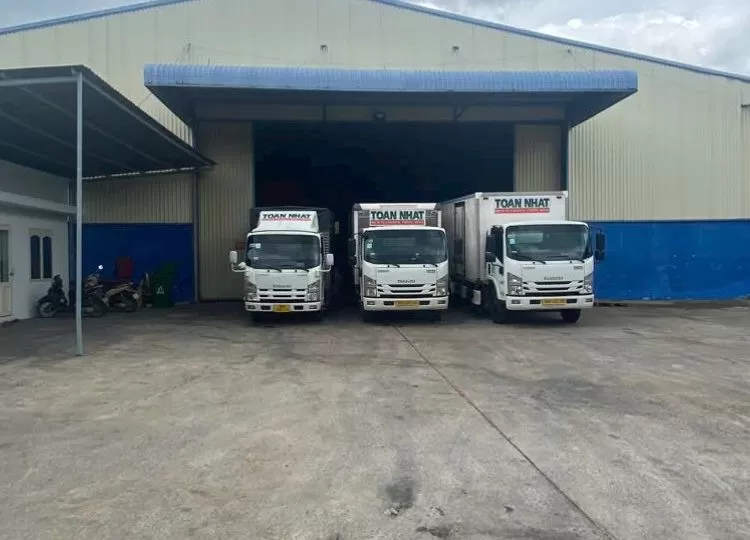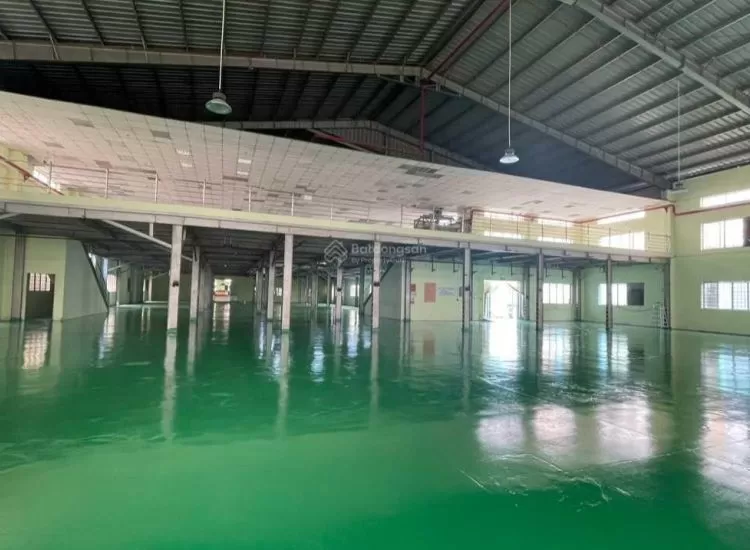Persistent Drought Threatens to Further Reduce Daily Transits at the Panama Canal
The Panama Canal Authority (ACP) has confirmed that daily transit limits and drought-related restrictions will continue to be enforced until the following year. Additionally, they have issued a warning that further reductions in transits may be implemented if the drought conditions persist.
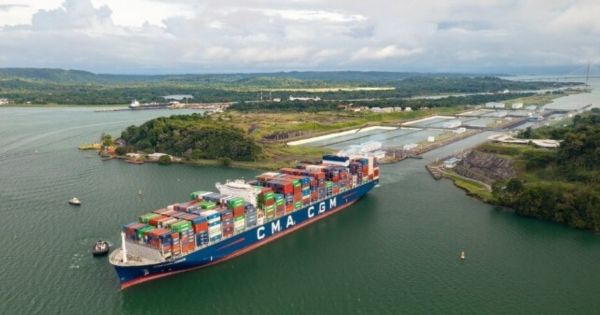
Container ship CMA CGM passing through the Panama Canal (Photo: Maritime-Executive)
The ongoing reduction in daily passages has resulted in a backlog of ships at the canal. Currently, only 32 ships can transit each day, down from the usual 36 under normal conditions, and the maximum allowable draft for vessels is restricted to 13.4 meters.
“If we must consider transit reductions, we will. This would be to continue with a draught of 13.4 metres. We will not reduce draught. If we do that, it will impact 70% of our shippers,” said ACP Administrator Ricaurte Vasquez. “We will manage the water levels and we are looking for long-term solutions.”
As of Tuesday, September 12, there were 116 vessels waiting to navigate the canal, with 66 of them lacking prior bookings. On average, vessels face a waiting period of approximately 5.8 days.
To alleviate this bottleneck, the canal recently adjusted its reservation system, allowing more non-booked vessels and those with longer waiting times to proceed.
These challenging circumstances have compelled the ACP to reassess its budget for the fiscal year spanning October 2023 to September 2024, with potential reductions in daily transits to a range of 30-31 per day, according to Vasquez.
The severe El Niño weather phenomenon "has been very severe this year...We anticipate that in the upcoming months, in the absence of significant rain, we'll have to be prepared," Vasquez remarked.
Water levels at Gatun Lake, which supplies the canal, have dropped to 24.2 meters, compared to the typical September levels of 26.6 meters in recent years.
Since 2020, the canal has been implementing the Water Programme, a comprehensive initiative encompassing the identification and execution of projects aimed at ensuring a sustainable water supply for both the population and the canal's operations over the next half-century.
However, both the Panama Canal and the United States Army Corps of Engineers (USACE) have acknowledged that technical solutions within the canal's jurisdiction alone are insufficient to meet the growing demand for human consumption and transit. Long-term solutions external to the Panama Canal Watershed have been explored and studied.
Vasquez noted that, by May 2024, the USACE, serving as consultants to the ACP, must deliver results, with construction set to commence during the dry season of 2025. The canal will finalize project specifications to enable competitive bidding. The estimated cost of the program, which includes additional reservoirs, is approximately $2 billion.
"We are eagerly working with the authorities in order to make an arrangement that leads to the structure of additional reservoirs," Vasquez added. This proposed large-scale reservoir project would necessitate legislative changes and congressional approval, potentially opening for bids in the coming year.
Source: Phaata.com (According to Seatrade-Maritime)
Phaata - Vietnam's First International Logistics Marketplace
► Connect Shippers & Logistics Companies faster!






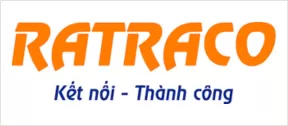

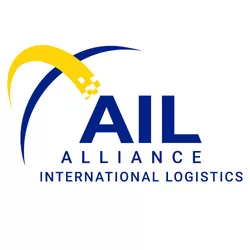








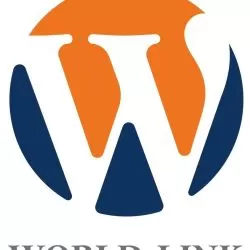





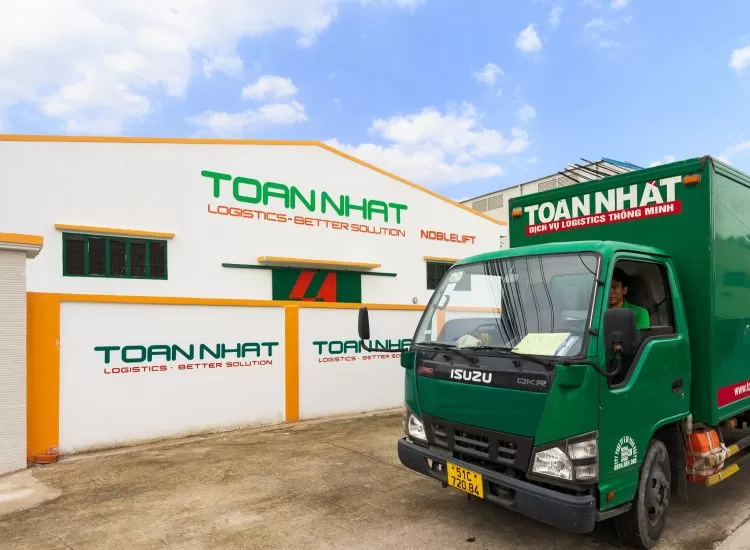
.webp)
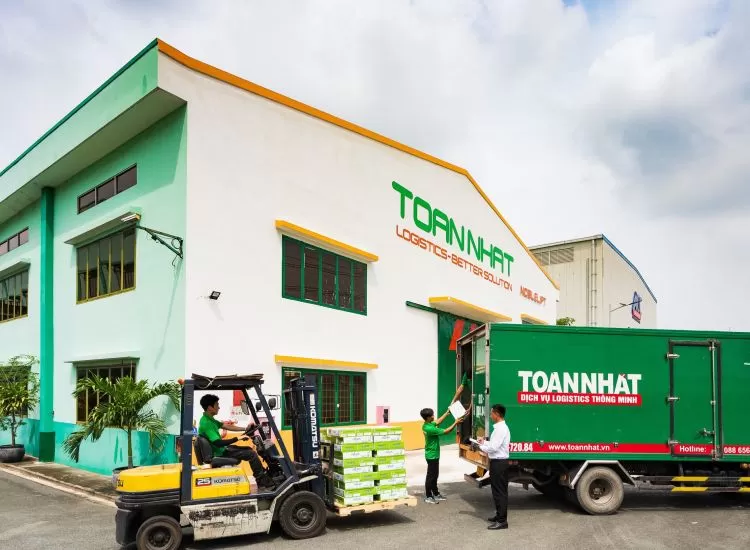
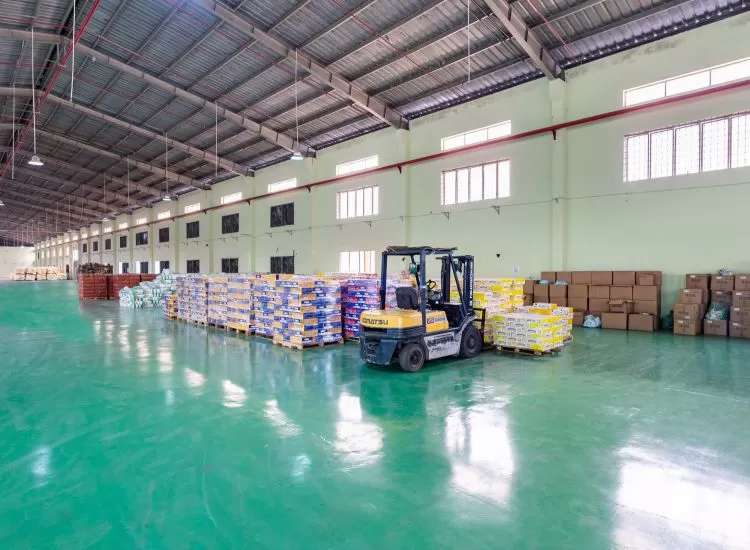






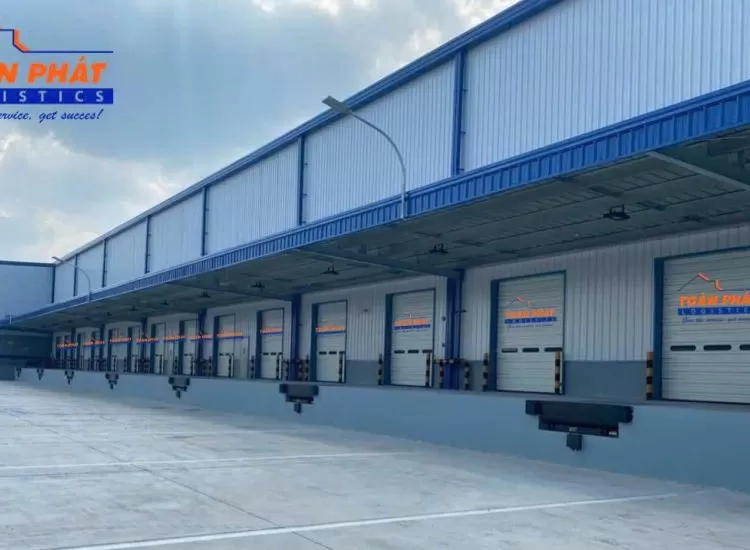
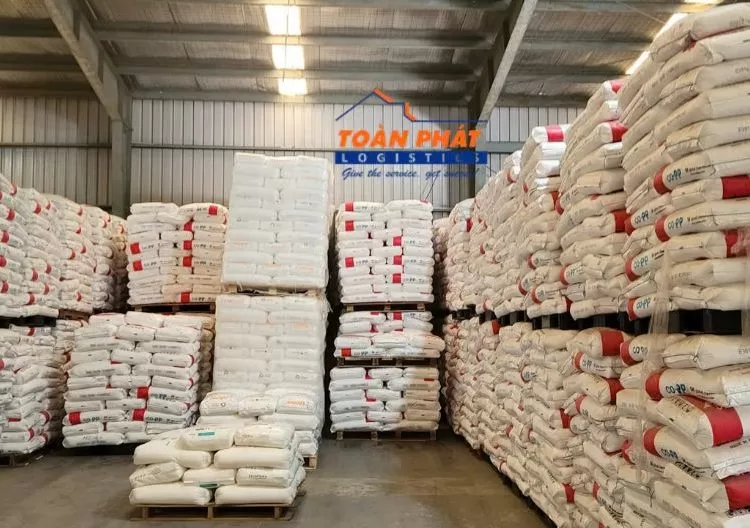
.webp)

